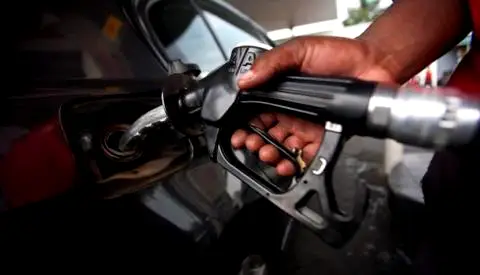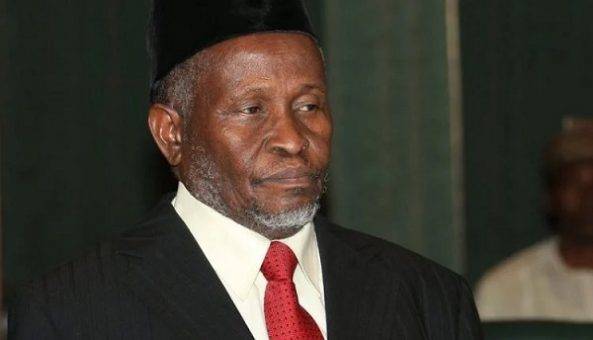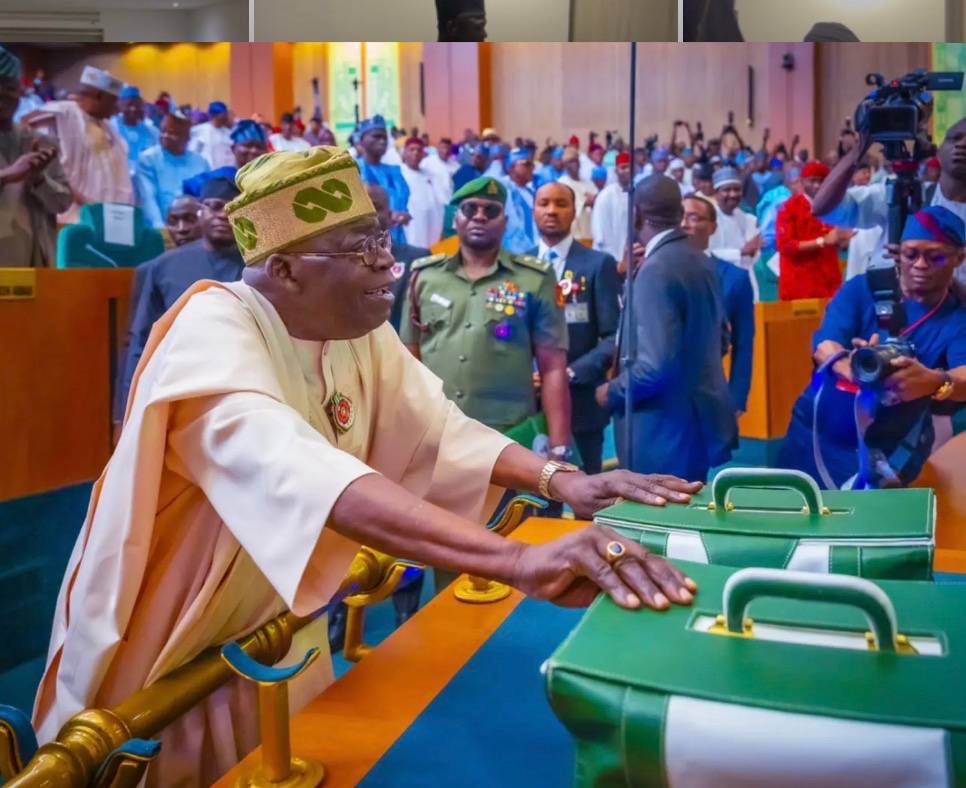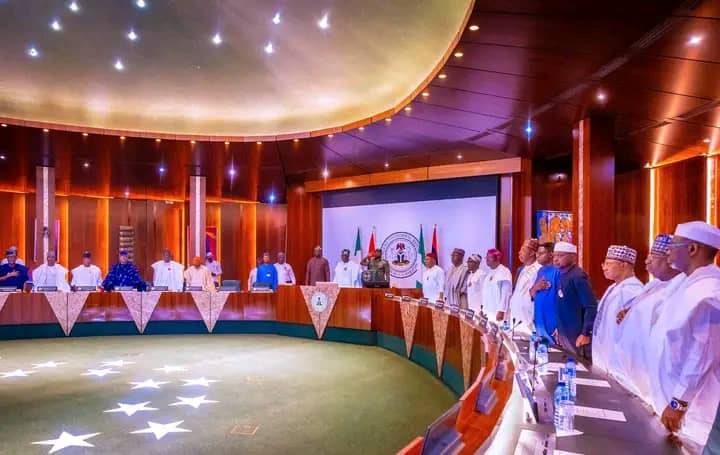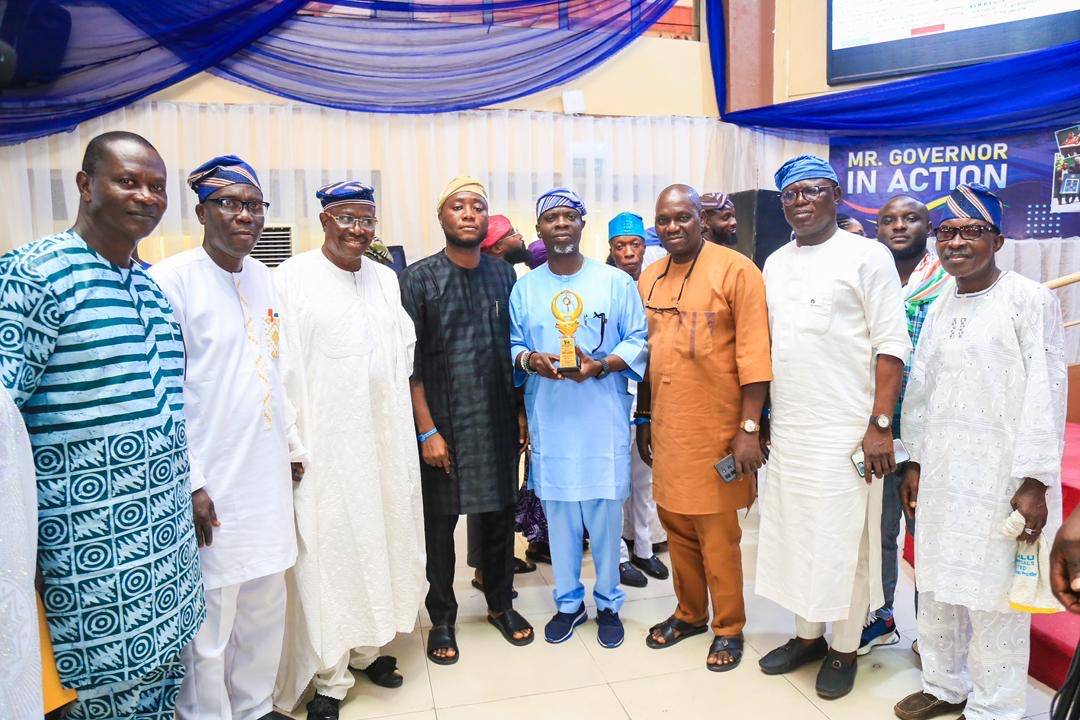By Dele Sobowale
“In a sick country, every step to health is an insult to those who live on its illness.” — Bernard Malamud, 1914-1986, in THE FIXER.
Most Nigerians must have heard the opinion credited to a group recently — “Fix refineries before removing subsidies, group tells FG.” The speakers make what are, apparently, very persuasive arguments with which virtually everybody agrees. Unfortunately for us, what is apparent is not always real.
Arguments, in the abstract, in a situation where quantitative analysis is required are often quite misleading. The most vocal contributors to the debate on fuel subsidy removal are just demagogues telling Nigerians what they want to hear; instead of what they should know. They are dangerous people who, most likely, are working for those benefiting from fuel subsidy. They really don’t want it removed. That is why they have set a condition which is totally unrelated to the economics of subsidy removal – fix the refineries first.
Several facts reveal the lack of seriousness of those asking for fixing refineries, as a pre-condition for subsidy removal, than the fact that most of them don’t even know much about the refineries they want fixed. Below are some facts for reasonable Nigerians to consider.
Total capacity of the four refineries, working at full capacity, is 445,000 barrels of crude per day; and maximum fuel expected is 18 million litres per day. But, nobody needs rocket science intelligence to know that no plant operates at maximum capacity all the time. The very best achieve 80 per cent. None of our refineries achieved 80 per cent when new. Is it now that they are all scraps that we want to operate them and expect 18 million per day fuel supply?
Obviously, the belief held by many Nigerians, that operating our obsolete refineries is like most ideas that are popular whereas wisdom can never be popular. It is a stupid idea for several reasons – out of which only three will be dealt with here. In actual fact, I am repeating myself, like a Nursery I school teacher repeats A,B,C to her class everyday . But, here we go.
First, ask any Petroleum Engineer; and he would tell you that the components of our archaic refineries are so old, nobody manufactures them anymore. The cost of running those scraps is several times higher than more modern refineries. None of them can operate profitably – unless torn down and rebuilt from scratch. In that case, we would not be talking of 150,000 barrels per day but 500,000 bpd. We should be ready to build four new refineries or forget it.
Second, management becomes a critical issue; even when the new refineries are built. Unless we are going to bring saints from above to run them, they will most likely go the way of Nigerian Airways, Ajaokuta Steel and other government owned businesses. Cost of production, corruption and multiple levies constitute some of the reasons Nigerian products cannot compete abroad. I challenge anybody to tell us why the refineries will not suffer from the same handicaps. Ours will be the most expensive fuel available.
Third, with domestic consumption now above 60 mlpd, even domestic supply of 18 mlpd will still leave us 42 mlpd short. Is that a good reason to delay taking a tough but necessary decision? And, nobody should look to Dangotte. The fuel from that refinery will be sold at global price; not what we choose.
Already, we have had some experience with attempts to make those old refineries work in the past. They have all amounted to throwing good money after bad.
TAM: A FEAST FOR THIEVES
“Despite the geometric rise in fuel prices [N20 to N70 per litre], the nation’s refineries failed to operate at more than 40 per cent capacity at any one time during Obasanjo’s eight years in office as President and Minister of Petroleum Resources.”
Dele Sobowale, 2011 in PDP: CORRUPTION INCORPORATED, p 283.
On the same page in the book, the reader will discover that the refineries were sold “as scrap” before Obasanjo left in 2007 – at less than the cost of refurbishing them. That portion of the book was based on extensive research, some of it supplied by OBJ’s government itself. Turn-Around-Maintenance, TAM, is as essential to refineries as regular service to our private or official cars. Perhaps, more so. The following excerpts from “the REPORT OF THE SPECIAL COMMITTEE ON REVIEW OF PETROLEUM SUPPLY AND DISTRIBUTION, released by the Federal Government in October 2000” will reveal why the refineries were already scraps 23 years ago. Each refinery is supposed to undergo TAM every two years for maximum efficiency. Read this.
Ï% PORTHARCOURT. The refinery is currently operating at about 47 per cent of installed capacity. The last TAM was carried out in 1994.
Ï% WARRI. The last TAM was carried out in 1994…The refinery operated from January to February 2000 at about 10.3 per cent of installed capacity and was shut down before the main heater blew up.
Ï% KADUNA. It was shut down in August 2000 partly to allow rehabilitation of heaters and because the TAM carried out before then was in 1992, which means that two consecutive TAMs (1994 and 1996) were not carried out.
Ï% ….the Portharcourt refinery was allowed to go without three TAMs before Obasanjo’s government started one in May 2000 – a full year after coming to office.”
(Source: PDP: CORRUPTION INCORPORATED.
Turn-Around-Maintenance, TAM, projects have been embarked upon at most two times since 2000 – meaning that the self-righteous Obasanjo failed to carry out TAMs for 2002, 2004 and 2006. Yar’Adua missed 2008; Jonathan failed us in 2010 and 2014; Buhari finished the demolition job in 2016, 2018, 2020 and 2022.
So, where, exactly, are the refineries we are asking the new government to get started before fuel subsidy removal? As far as I can see, they exist only in the imagination of those making those absurd statements. Imagine, if you can, someone asking you to go and repair a 35 years old truck, which was last serviced in 2000, as a condition for embarking on necessary reforms in the transportation sector. The stupidity of that proposal will quickly be apparent – because most of us are familiar with cars. We are mostly ignorant about refineries. In fact, I will go so far as to say that the number of Nigerians alive who can advise government about the fate of those museum pieces cannot be more than twelve – excluding me. I am also fairly ignorant about refineries. But, I have a friend in the US who has been involved in building thirteen. He advises that Nigeria should forget about those Stone Age installations and move on.
REFINERIES
There are four refineries established in Nigeria as listed below
3diLocation Year(s) Capacity Age
PH I 1965 35,000 bpd 58 yrs
PH I expansion 1970 60,000 bpd
Warri 1979 125,000 bpd 45 yrs
Kaduna 1980 110,000 bpd 43 yrs
PH II 1989 1hhf50,000bpd 34 yrs
TOTAL 445,000 bpd


